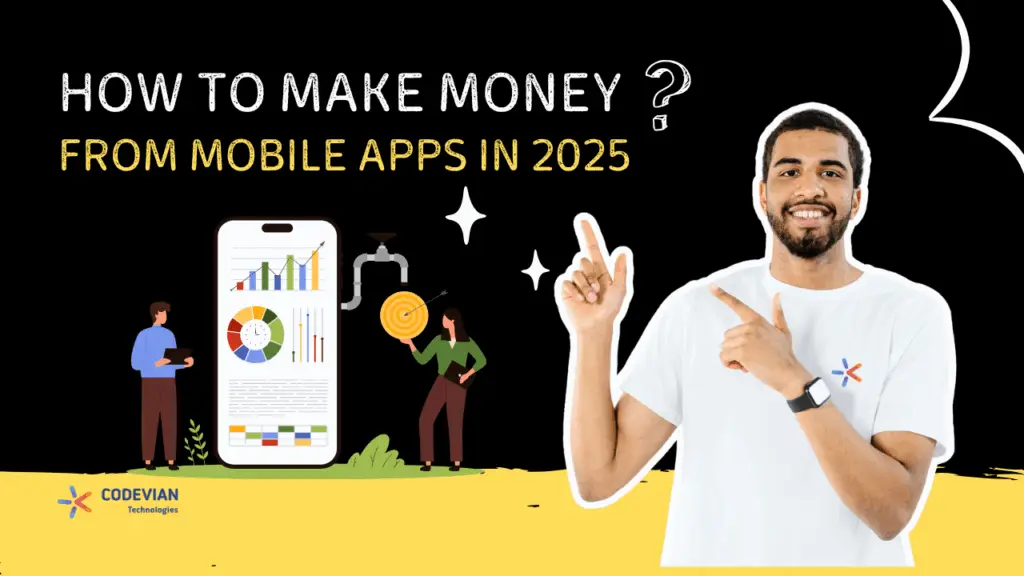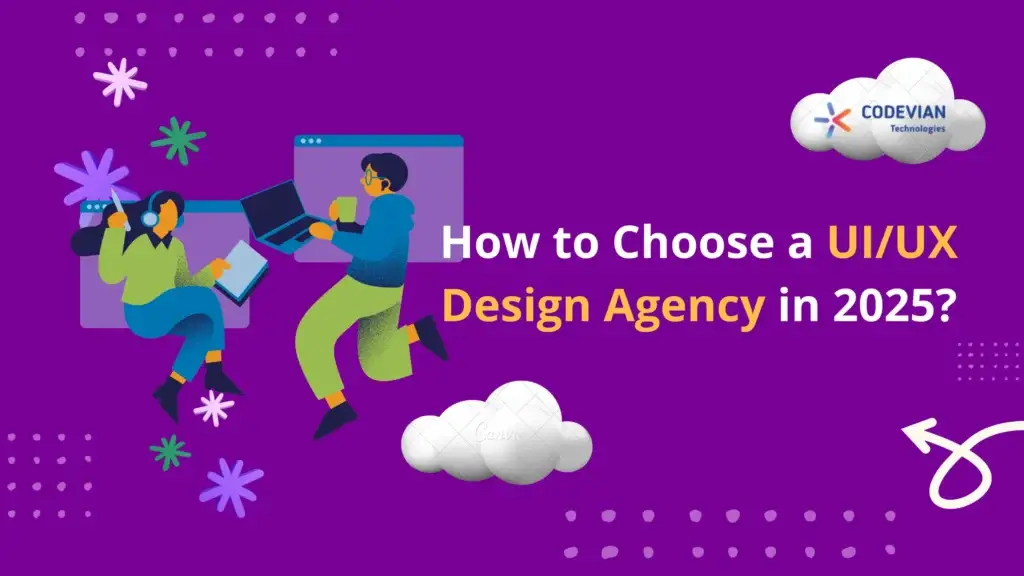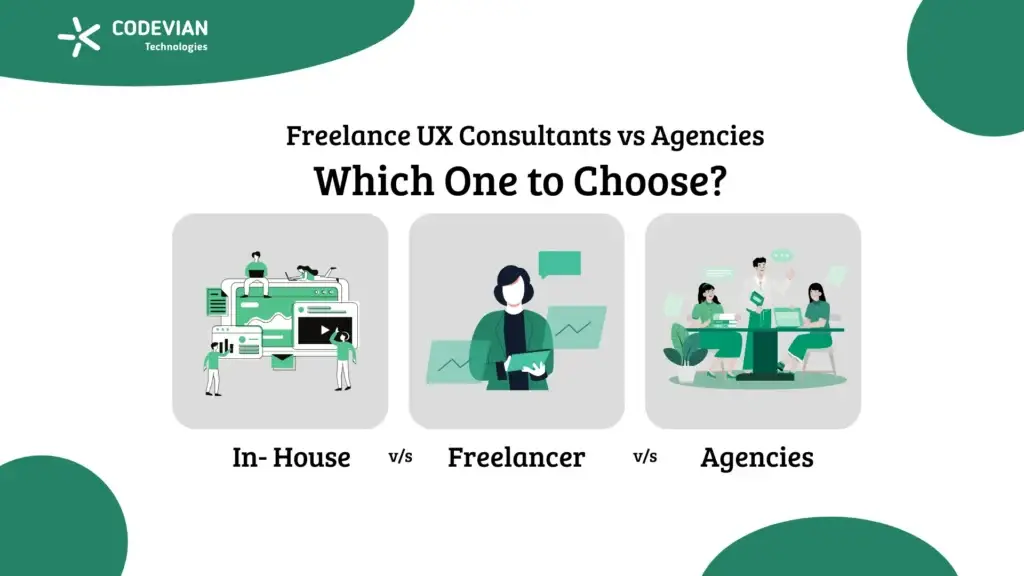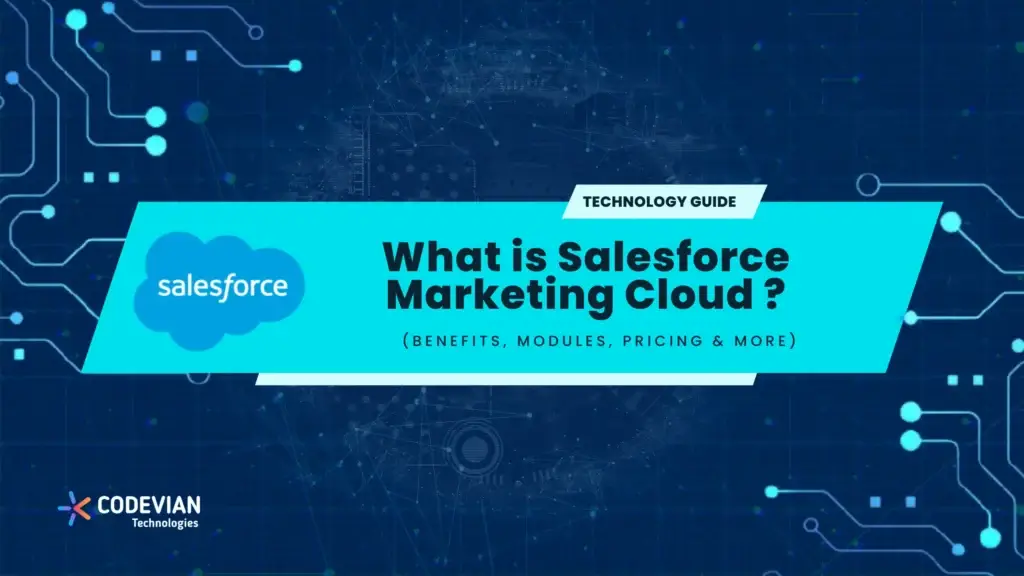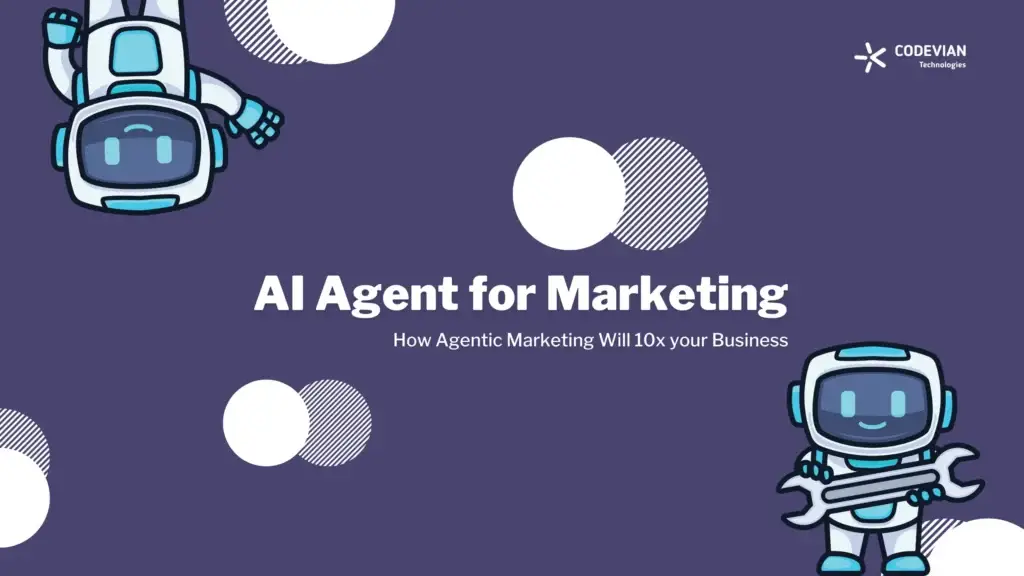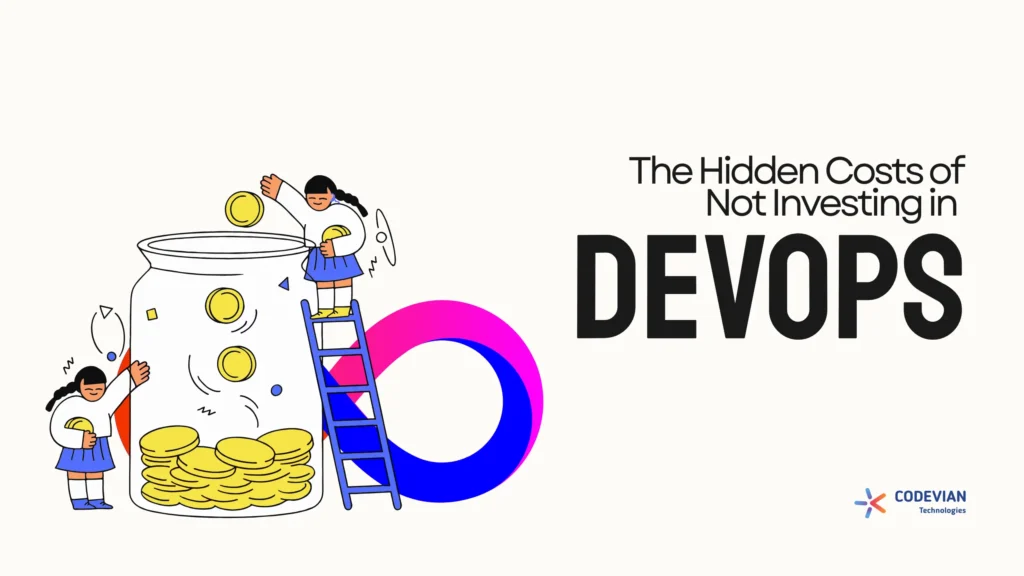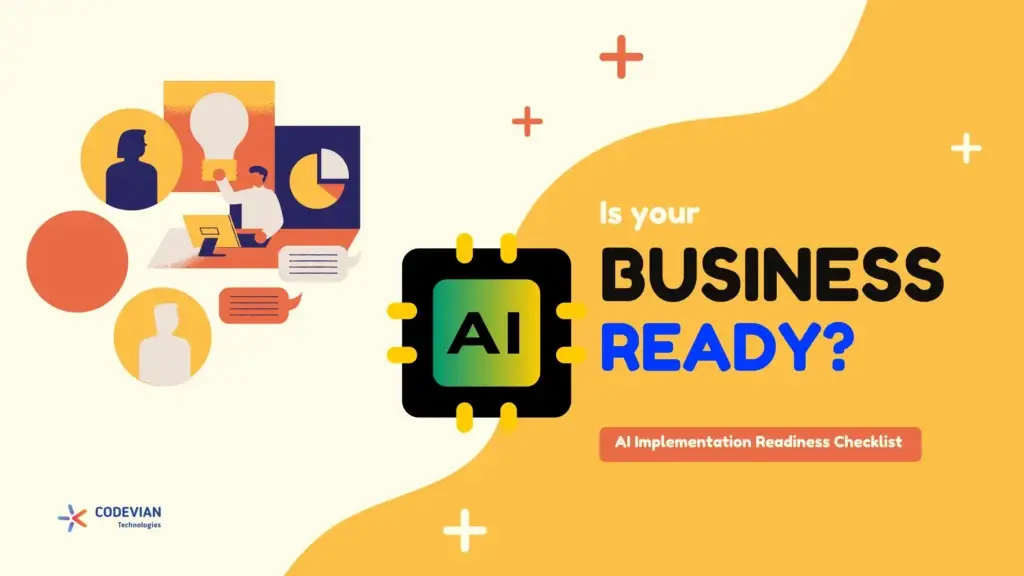As per Statista data, roughly $613 billion in annual app revenue was generated in 2024 via mobile apps. |
—And that number is going to soar by the end of 2025!
According to research, the global mobile app market is worth about $330.61 billion in 2025 and is expected to grow to $1103.48 billion by 2034, growing at a fast rate of 14.33% each year.
So, if you want to make money from mobile apps, this is good news for you.
Now, keeping the numbers aside, how can you make money with mobile apps? — that’s a big question. After intensive research, our team has gathered mobile app monetisation models that are
- Foolproof
- Backed by research
- Workable
- Profitable
- High in demand.
So, if you are planning to start a venture, here are 7 proven monetisation strategies that you can use to make money with mobile apps.
1. Freemium Apps (Free to Use, Paid Upgrades)
A freemium app is free to download and use at a general level. They have certain advanced features or content locked behind a purchase or subscription. For example, you can develop a mobile app that lets users try core functions for free, then pay to unlock premium tools or remove ads.
How Does it Make Money?
Most of the money comes from free users who later decide to pay for extra features. Only a small number of people pay, but because many use the app, it still earns well. Some users may also see ads or be encouraged to upgrade.
Pros:
- Big user base.
- Users try the app risk-free, boosting downloads.
- Can combine with ads or in-app offers.
- Easier to convert long-term fans to paid plans.
Cons:
- Only a small share of users convert to paid (often just a few percent).
- Requires careful balance of free vs. paid value.
- Revenue depends on convincing users to upgrade or subscribe over time.
Revenue Potential = 9/10
Freemium models dominate the app world. As per a report, 97% of mobile apps are free to download and most use freemium or ad-supported strategies.
Examples
- Games like PUBG Mobile, Asphalt 9, Call of Duty: Mobile, and Clash Royale
- Spotify is a classic freemium app — It offers free streaming (with ads and limited skips) and a paid Premium plan.
2. Premium Apps (One-Time Paid)
A premium app is one that you have to pay for before downloading. You pay a one-time fee, and then you get full access to all the features — no ads, no locked tools, and no ongoing charges. It’s a simple, pay-once model where everything is included after purchase.
How Does it Make Money?
Revenue comes immediately from each download. Every new user pays the fixed price, so earnings grow with each sale.
Pros:
- Transparent prices.
- No need for ads or in-app mechanics.
- If the app is unique or high-quality, customers may be willing to pay outright.
Cons:
- Much smaller user base, since many people hesitate to pay upfront.
- No recurring income from each user.
- The app must continually attract new buyers to sustain revenue.
- If competing against free alternatives, growth can be limited.
Revenue Potential = 6/10
Premium apps have lower volume but higher per-user value. In general, premium pricing works best for highly differentiated apps that users can’t easily get for free.
Examples
- Games like Minecraft or Monument Valley charge a few dollars and have earned millions.
- Procreate Pocket, an art app, with a one-time fee of $5, got over 2 million downloads.
- Apple’s own paid apps (e.g. GarageBand) had a one-time cost but generate millions.
3. In-App Purchases (IAP)
In-app purchases are items or features that users can buy inside the app after downloading it. For example, you can buy coins, extra lives, or new levels in a game. In other apps, you can pay to unlock a special feature, like a premium design template or an advanced tool. These small purchases help app owners make money while keeping the app free to download.
How Does it Make Money?
Users download the app (free) and can then buy items or upgrades from within the app. Each purchase will add revenue.
Pros:
- Can generate large revenue from engaged users.
- If a game or service is very compelling, users will repeatedly buy items.
- No limit on purchases: a user might buy small packs many times.
- You can offer a mix of average and expensive items.
Cons:
- Risk of user frustration if purchases feel like “pay-to-win” or too aggressive.
- Requires ongoing engagement to prompt purchases.
- Competition is high, and the app must continually introduce new content to encourage spending.
Revenue Potential = 8/10
Mobile in-app purchases (across games and apps) account for a large share of all app revenue. As per a report, the global spending on in-app purchases reached about $150 billion in 2024.
Examples
- Dating apps like Tinder.
- Roblox
- Candy Crush
- Lifesum
4. Subscriptions (Recurring Fees)
A subscription model means users pay a small fee every week, month, or year to keep using your app’s premium features or content. Many apps offer a free trial or limited version first, then charge regularly if users want full access.
How Does it Make Money?
Users become subscribers who automatically pay each billing period. This creates a steady stream of income from each user.
Pros:
- Predictable, ongoing revenue.
- Even small monthly fees add up.
- Encourages high user retention (the app must stay valuable).
- Often higher Lifetime Value per user than one-time purchases.
Cons:
- Users can cancel at any time (so churn is a risk).
- Requires continuously adding value or content to justify the recurring cost.
- Some users can get subscription-fatigued if too many apps charge monthly and may opt out of your app.
Revenue Potential = 8/10
It’s huge for content and service apps. Many of the biggest consumer apps use subscriptions (music, video, fitness, news, productivity, etc.).
Examples
- Streaming services (Spotify, Apple Music, Netflix) are all subscription-based.
- Fitness apps (like Peloton, Calm) charge a monthly fee.
- Business apps (like Adobe Creative Cloud mobile).
- Even games can use subscriptions (e.g. a monthly battle-pass).
- News apps, learning apps, cloud services, etc
5. Ads & Sponsorships
In this model, your app makes money by showing ads (like banners, videos, or pop-ups) or by partnering with brands. For example, a company might pay to sponsor a game level or get featured in your app. The more people use your app, the more you can earn from views, clicks, or brand deals.
How Does it Make Money?
Advertisers pay for impressions or clicks. For example, each time an ad is shown, the developer earns a small fee. For sponsorships, a brand may pay a lump sum or an ongoing fee for getting exposure on your app.
Pros:
- Users get the app for free.
- Passive income – once ads are integrated, revenue scales with user views.
- It can be very lucrative if the app has many users or long engagement.
- Sponsorships can bring in big checks from companies looking to reach your audience.
Cons:
- Ads can annoy users if too frequent or intrusive, possibly driving them away.
- Requires a large user base for meaningful ad income
- Sponsorship deals often require pitching and negotiation.
- You have less control over the content shown, since advertisers choose ads.
Revenue Potential = 8/10
Mobile ad spending has grown enormously. As per a study, US businesses had spent over $200 billion on mobile ads in 2024, much of it inside apps. Free apps (games, social media, news, utilities) frequently rely on ad revenue.
Examples
- Apps like YouTube have free tiers with video ads.
- Social networks and news apps load sponsored content.
- For sponsorships, Pokémon GO is a clear case: Starbucks paid Niantic to add over 7,800 Starbucks shops as game landmarks.
6. White-Label Apps (Licensing Your App to Others)
A white-label app is a ready-made app created by one company and then sold or licensed to other businesses, who can customise and rebrand it as their own. In this model, you create a core app solution (for example, a generic food delivery app or a fitness class booking app) and then offer it to multiple businesses under different branding.
How Does it Make Money?
You make money by selling licenses or subscriptions to businesses. Each client pays you to use and rebrand your app. You might charge a setup fee plus ongoing maintenance or upgrade fees.
Pros:
- Scalable revenue from multiple clients using the same product.
- You don’t need a huge end-user base; instead, you sell to businesses (e.g. retailers, restaurants, clubs).
- Recurring income if you charge monthly for support or hosting.
- Faster to build new clients since the app core already exists.
Cons:
- Requires ongoing support and customisation for each client.
- Competition from other white-label providers means you must keep improving your app.
- Income per client is smaller than a mass-market app, so you need enough clients.
Revenue Potential = 5/10
Many small businesses want an app but can’t build one from scratch. By providing a proven solution, you can earn recurring licensing fees.
Examples
- A restaurant app template which is bought by multiple cafes or restaurants. Each restaurant pays the developer to keep using the app (plus updates).
- Taxi dispatch systems are sold to local cab companies, or a booking app is sold to fitness studios.
Great monetisation starts with great development.
At Codevian, we build high-performance mobile apps that are smooth, secure, and ready for growth. Whether it’s Android, iOS, and cross-platform apps using React Native and Flutter — we help you bring your app idea to life.
Want to make money from your mobile app idea? Let’s build it right.
.
7. Affiliate / Referral Marketing
The app shows or recommends products or services from other companies. When a user clicks the link and makes a purchase or signs up, you earn a small commission.
How Does it Make Money?
You sign up for affiliate programs (e.g. Amazon Associates, Booking.com partners, etc.). Within your app, you place affiliate links or product feeds. If a user clicks through and makes a purchase, you earn a cut (a percentage of the sale).
Pros:
- Low overhead cost (you don’t need to create products)
- Can be very profitable if your app has a specific niche audience.
- Often, affiliate products are complementary to your app (e.g. a cooking app linking to kitchen tools).
Cons:
- Earnings depend entirely on users taking action (they must click and buy).
- If users sense you’re only pushing outside sales, it can feel inauthentic.
- Conversion rates can be low (users may not click or buy), so it often requires volume or high commissions.
Revenue Potential = 6/10
The revenue potential can be significant in some cases. One analysis found that in-app affiliate marketing accounts for about 25% of total revenue for top-performing apps. That’s because when done right, affiliate offers can turn non-paying users into revenue generators.
Examples
- Many shopping or deal apps use affiliate links. For instance, a travel itinerary app might link hotels or car rentals and earn commissions.
- A coupon app might send users to affiliate purchases.
- Productivity blogs or apps might recommend software/tools via affiliate links.
- A general content app can slip in relevant affiliate ads.
Final Thoughts
The mobile app industry is booming — and 2025 is the perfect time to turn your app idea into a profitable business. With billions of dollars flowing into the mobile app market and users spending more time on apps than ever, there’s a real opportunity to earn through smart monetisation models. Whether you choose freemium features, subscriptions, ads, in-app purchases, or even affiliate marketing, there’s a model that can fit your app and audience. You should understand your users, build something valuable, and choose a strategy that fits your goals! And yes, if you need help with mobile app development, we‘re here!
